Razer Barracuda X gaming headset review
The new $100 Razer Barracuda X looks nothing like its gaming siblings. The Razer Nari, Kraken, and Blackshark headsets all scream gaming to some extent. That's not the case here. In fact, it looks like it takes after the noise-canceling, prosumer, Razer Opus headphones for more instead. But the unassuming look hides an extremely capable and versatile headset with the excellent TriForce drivers introduced in the Blackshark V2, 2.4Ghz HyperSpeed Wireless for lag-free audio, 20-hour battery, and truly all-day comfort. Can it do enough to make it into our best gaming headset guide? It's time to find out.
Wireless: Yes, 2.4GHz Razer HyperSpeed
Drivers: 40mm TriForce
Connectivity: USB Type-C Dongle
Frequency response: 20–20,000 Hz
Features: Detachable HyperClear Cardioid
Vitrual Surround: 7.1 Surround sound (Windows 10 64-bit)
Battery: 20Hrs
Weight: 250 g (8.8 oz)
MSRP: $100 (£100)
Razer advertises the Barracuda X as a 4-in-1 wireless headset, although it really only supports Razer Hyperspeed 2.4Ghz, which means it can only connect to PC, Playstation, Nintendo Switch, and Android devices. There's no Xbox wireless support or even Bluetooth connectivity, which is a shame, but on the flip side, at $100 it still does a lot for the money.
The wireless connection is delivered via a T-shaped USB Type-C dongle similar to the one used by the Arctis 1. This shape works wonderfully on the Nintendo Switch and Android devices but not so much on PCs or laptops where the dongle covers adjacent ports. Thankfully, Razer supplies a 1.5m USB Type-A extender in the box which is helpful in case you don't have a Type-C port or have signal issues.
The Barracuda X is designed primarily for mobile gamers who want a great headset that they can use on the go without looking like a total dork. And it succeeds admirably. The Barracuda X sports a clean, stealthy black look with the eponymous snakehead logo etched in all black rather than the traditional loud Razer green.
The ear cups are oblong in shape and are slightly angled to match the natural angle of your ears. The cushions use Razer's Flowknit memory foam which makes for a really soft, breathable, and comfortable headset. The clamping force is solid but there's no pressure on the rims of my ears—something that happens with a lot of other headsets because I wear glasses. The Barracuda's look and feel is a lot like the excellent Steelseries Arctis 1 aside from the suspension headband and retractable microphone.
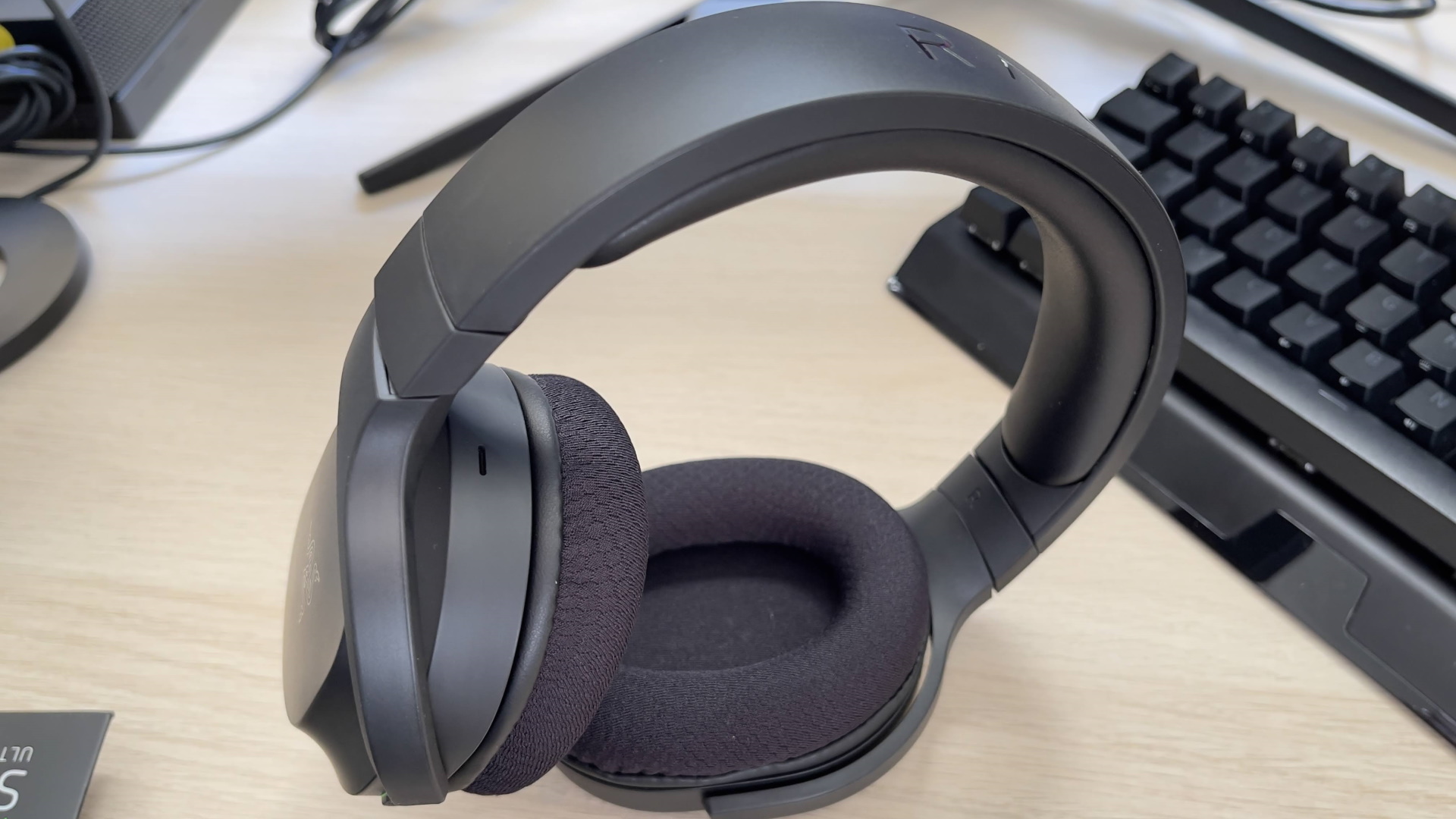
The headband here is the traditional steel band variety with foam cushioning and steel sliders for adjusting the fit. At just 250g, the Barracuda sat comfortably on my head for a whole day's use. The ear cups rotate to lie flat but do so facing away from you, meaning you can still hear your audio. It's not the most comfortable way to rest the cans on your neck though.
Being a wireless headset, all the controls for the Barracuda X sit on the left ear cup. The power button also offers limited media controls via the usual press, double-press shenanigans. The volume wheel is suitably tactile but a little too loose, which caused several accidental volume changes just by brushing against it. A mic mute rounds out the buttons, leaving only the slots for the USB Type-C charging, 3.5mm audio, and microphone jack.
The microphone is a detachable cardioid that's pliable so you can easily position it. It also comes with a foam windshield to guard against your plosives when cheaters beat you in Trials of Osiris. Performance-wise, the microphone is passable. It clearly picks up my voice but can sound compressed and quite muted. There are no controls to manage the gain or noise but it will get the job done without fuss.
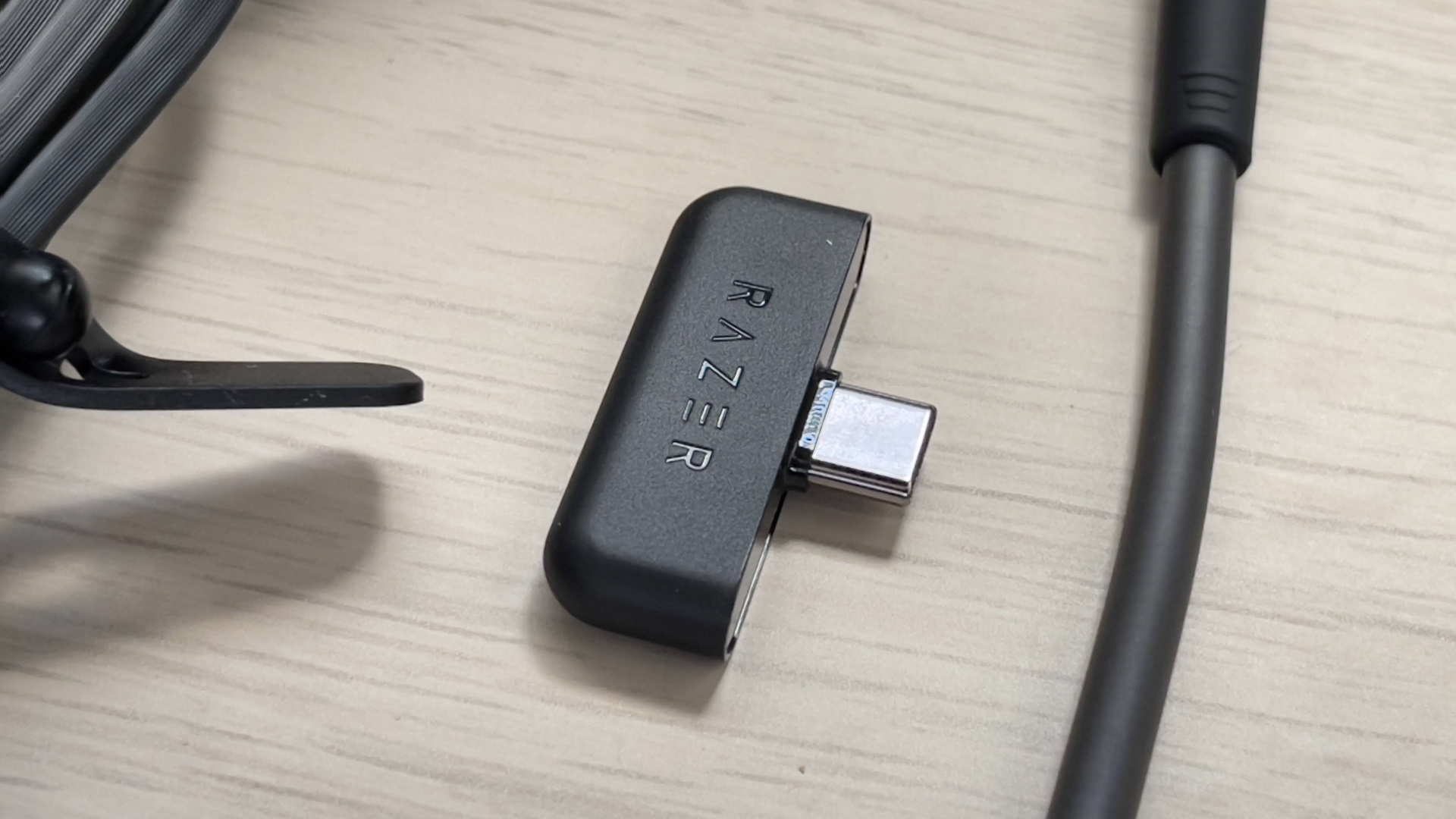
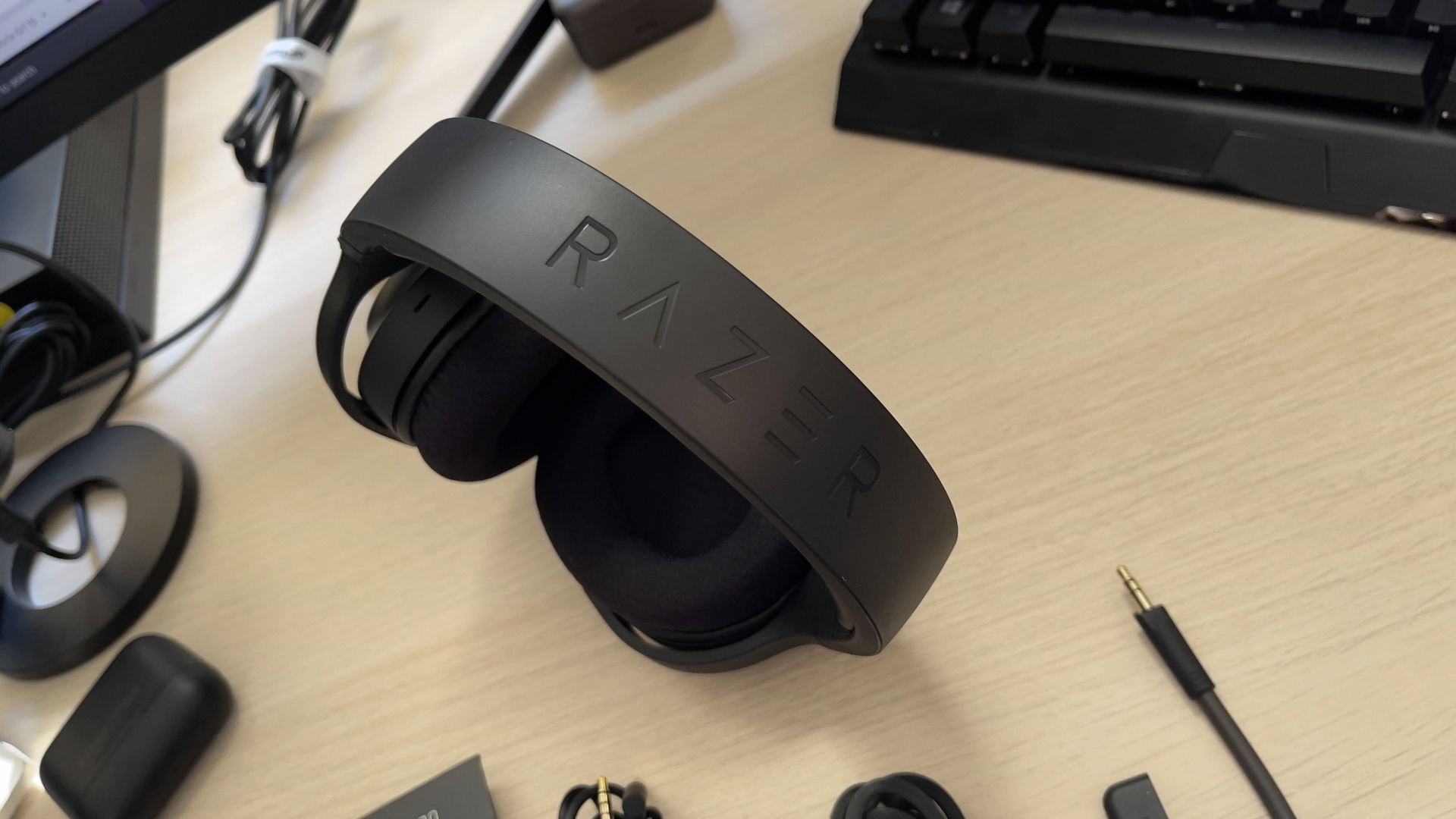
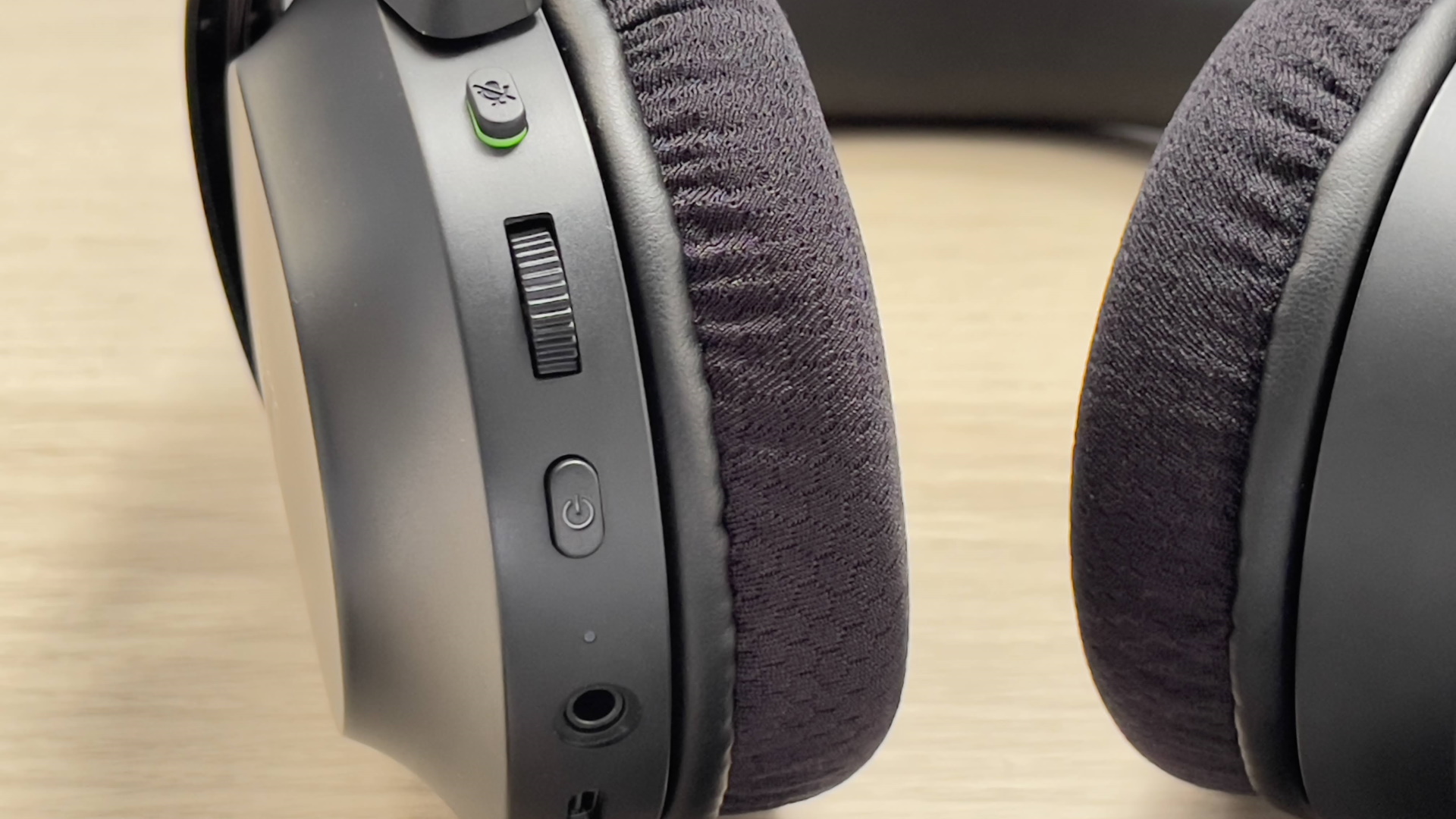
Speaking of performance, the sound from the 40mm Triforce drivers is good. Really good. I was consistently impressed with the clarity and separation between the highs, mids, and lows. The bass response is fantastic while never muddying the other frequencies, something gaming headsets don't seem to handle so well. Playing games with the Barracuda X is a treat with big, boomy explosions, eerily realistic voices, and swelling soundtracks that immerse you in the game.
The Barracuda X also supports THX spatial audio, although this is a paid-for upgrade ($20/£20) over the standard 7.1 Surround that comes with the headset. Here again, the Triforce drivers do an impressive job of separating the audio channels and providing excellent positioning. I was able to very clearly identify enemy locations in games. Unlike other Razer products, the Barracuda's don't work with Razer Synapse. So there's no way to update the firmware, tweak EQ settings, or even just see how much battery you have left.
Not that you'd worry about battery life. The Barracuda X typically lasted me almost four days of use per charge which is nothing to complain about. They are rated for 20 hours which is just two hours shy of the Arctis 7X. Sadly, they don't have any type of fast charging but at least they charge via USB Type-C so a single charger setup works here.
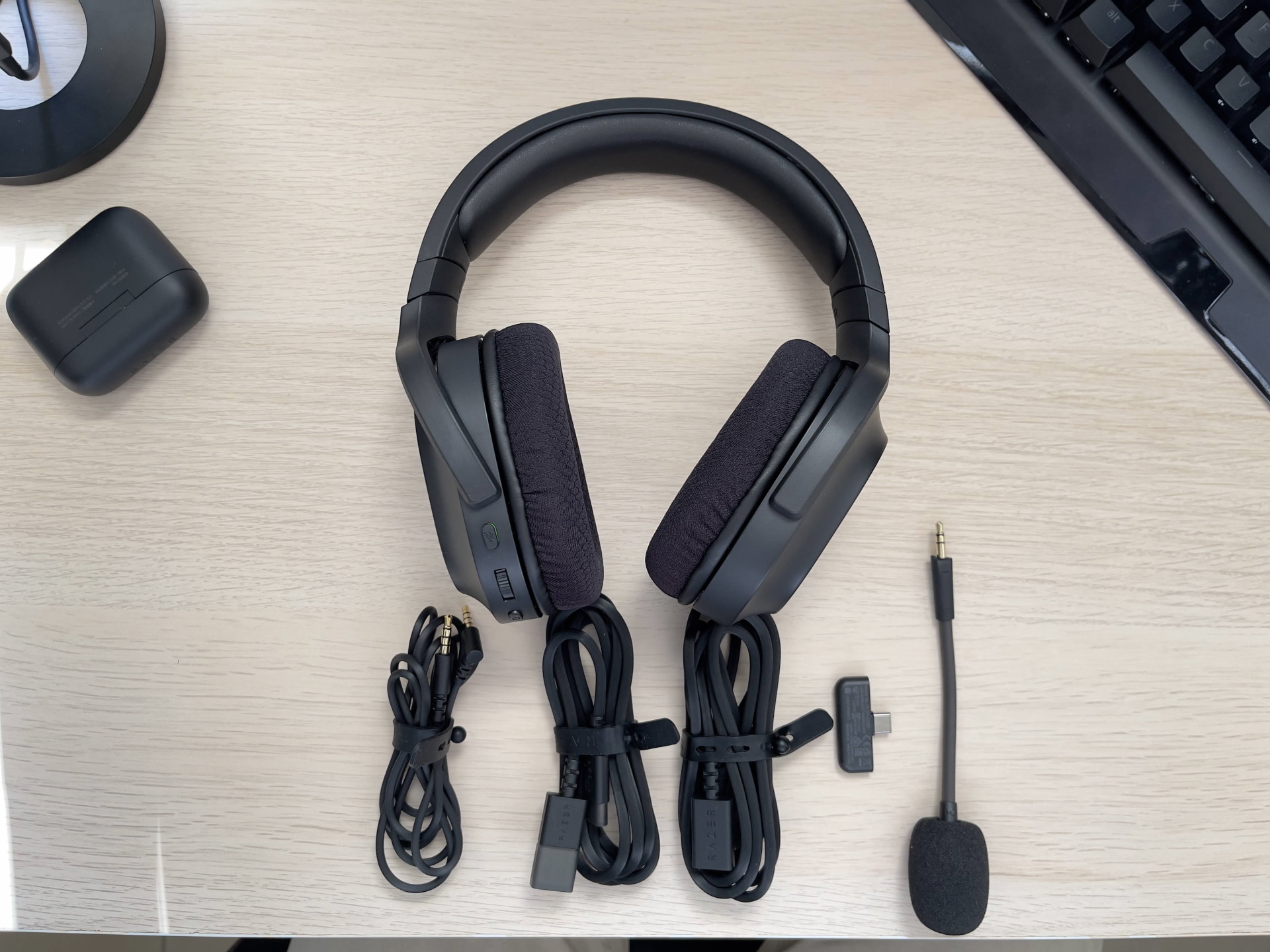
The Razer Barracuda X isn't perfect—the lack of Bluetooth and Xbox support means it pulls up a bit short of true wireless mastery. However, it sounds amazing in everything, the battery life is solid, and you can wear them all day without discomfort. For just $100, it's in the same ballpark as the Steelseries Arctis 1 Wireless, which is almost identical spec for spec. For my money though, the Barracuda X sounds much better.

Post a Comment